The Indian Army inducted the indigenously designed and developed Light Combat Helicopter (LCH) from Hindustan Aeronautics Limited (HAL) on Thursday, 29th September 2022. The first Light Combat Helicopter was handed over to the Army Aviation Corps by Hindustan Aeronautics Limited (HAL).
On March 30, 2022, the Cabinet Committee on Security (CCS) authorized the purchase of 15 Limited Series Production Light Combat Helicopters for Rs. 3,887 crores. Out of these 15 choppers, the Indian Air Force will receive ten, and five will be inducted into the Indian Army.
The Additional Director General of the Public Information (ADG PI – Indian Army) shared the information in a tweet, which said, “Indigenously designed & developed Light Combat Helicopter (LCH) has been inducted into Indian Army. The first LCH was formally handed over by HAL to Director General, Army Aviation Cops. Highly manoeuvrable and agile LCH will significantly enhance combat capability.”
https://twitter.com/adgpi/status/1575464477050413056?s=20&t=-wSW3A4wIWlA7H-MW23UBw
The LCH is a multi-role combat helicopter designed and manufactured by HAL, which is made in HAL’s helicopter division in Bengaluru. The helicopter can carry rockets, air-to-air and anti-tank missiles, and bombs.
The helicopter has the necessary agility, manoeuvrability, range extension, high elevation efficiency, and 24/7/365 all-weather fighting potential to carry out tasks like combat search and rescue (CSAR), destruction of enemy air defence (DEAD), counter-insurgency (CI), functions against slow-moving aircraft and remotely piloted aircraft (RPAs), high altitude bunker busting, counter-insurgency operations in the jungle and urban environments, and support to ground forces.
1st indigenous Light Combat Helicopter inducted by Indian Army
The production of LCH by HAL will give the Atmanirbhar Bharat initiative more momentum and encourage the indigenization of defence production and the nation’s defence industry as part of the ongoing effort to achieve self-reliance in the defence manufacturing sector and reduce imports.
ALSO READ - IAF to induct ‘Made in India’ light combat helicopter (LCH) in October
The Indian Air Force will formally induct the indigenous LCH on October 3, 2022, at the Jodhpur Air Force base in Rajasthan in the presence of Defence Minister Rajnath Singh and Chief of Air Staff Air Chief Marshal V R Chaudhari.
Read next
DGCA grants Garuda Aerospace permission to operate as a Remote Pilot Training Organization
Radhika Bansal
30 Sep 2022
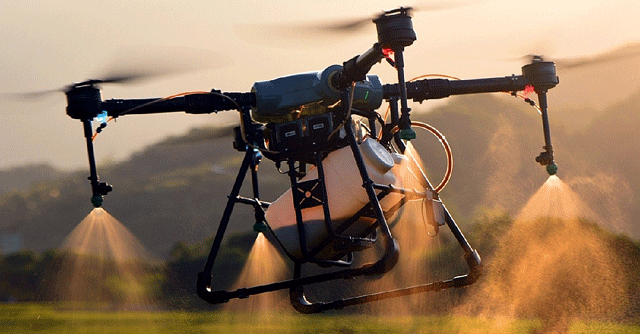
Chennai-based drone startup Garuda Aerospace on September 29 said that it has received necessary approvals from the Directorate General of Civil Aviation (DGCA) to establish a remote pilot training organisation (RPTO), where drone pilots can be trained. Backed by MS Dhoni, Garuda Aerospace counts a drone fleet of 400 drones and a trained team of more than 500 pilots in 26 cities.
Garuda Aerospace is the 31 st Remote Pilot Training Organization (RPTO) in India to have been approved since the union government liberalized drone regulations on August 26, last year. The firm aims to train and skill one lakh youth across 755 districts in the correct use of drones for agricultural purposes.
Garuda now aims to train one lakh youngsters across India on the correct usage of drones for agricultural purposes, the company said in a release.
DGCA grants Garuda Aerospace permission to operate as a Remote Pilot Training Organization
ALSO, READ - Swiggy teams up with Garuda Aerospace to begin trial runs using drones to deliver groceries
The company has been deploying Agri Kisan drones across the country that help increase food crop productivity and reduce crop loss and exposure of farmers to harmful chemicals while being capable of precision delivery of pesticides and fertilizers, monitoring crop health, surveillance, industrial inspection, yield measurement, and crop loss mitigation. They are also equipped with sensors, cameras, and sprayers.
"We have always believed that India’s agricultural economy has tremendous potential that is yet to be unlocked. With this approval, we are certain that we will be able to utilise our skillset and help the sector grow significantly.Rohit Srivastava, our drone pilot, earns Rs 1 lakh (per month) as he has received advanced drone pilot training and will soon be honoured with an RPTO certificate."Agnishwar Jayaprakash, CEO and Founder, Garuda Aerospace
Agnishwar Jayaprakash, CEO and Founder, Garuda Aerospace
Earlier, Minister of Civil Aviation Jyotiraditya Scindia while saying that the drone manufacturing and services industry would grow to become an INR 30,000-crore industry added that the country will need 1 lakh drone pilots in the future.
"Today a drone pilot can be trained without requiring any college degrees. They just need to (be) 12th class pass. They can be into a job within two-three months, and get INR 30,000 per month salary," Scindia had said.
DGCA can approve RPTO licenses to companies within 60 days of receipt of the applications, and as of August 2, 576 remote pilot licenses have been issued by the erstwhile RPTOs.
Ever since the liberalized Drone Rules, 2021 regulations were published in August last year, the centre, as well as state governments, have offered several incentives and initiatives to boost the homegrown drone ecosystem.
ALSO READ - Drones can be used by Private Players for Delivery By Drone Rules 2021: Centre
The response further clarified that under the present fast-tracked regulations, the DGCA can approve RPTO licenses to companies within 60 days of receipt of the applications, and as of August 2, 576 remote pilot licenses have been issued by the erstwhile RPTOs.
Read next
The historical development of jet fighters has been divided into major technological advances called "jet fighter generations."
Different authorities have divided the development of fighters into various numbers of generations by identifying various technological leaps as critical ones. Five generations are already universally acknowledged, and work on a sixth is currently ongoing.
From the vault
Air historian Richard P. Hallion proposed a six-generation classification of jet fighters in 1990. Since then, other methods with five generations up to around the same time have been reported, however, the generational boundaries are different.
A NASA web publication divides jet development into five stages: pioneer (straight wing), swept wing, transonic, the 1960s, and 1970s on, culminating in types such as the F-15, F-16, and AV-8A. Taylor and Guilmartin name four: subsonic, transonic, supersonic, and Mach 2, and add a fifth "new" generation with multimission capability.
AV-8A | Representative | Super-Hobby.com
There is some debate over and disagreement over the precise requirements for the different generation steps. Some sources have separated the fourth generation into the 4+ and 4++ or the 4 and 4.5 generations.
But what standards are used to identify a fighter generation and one or more aircraft from each generation?
Source
First Generation
The first jet fighters were created at the close of World War II. According to Matthew Bekaert, an aviation expert, they actually don't differ all that much from prop planes, save from the type of engine. main elements:
Jet enginesStraight wingsSubsonic speedsno avionics / radar
They resembled their piston-engined counterparts in most ways, including having straight, unswept wings and being made of wood or light metal. They were equipped primarily with manually operated guns and had minimal to no avionics. While models like the de Havilland Vampire and Lockheed F-80 were still being prepared for operational service near the end of the war, the Heinkel He 162 and Gloster Meteor also saw service during that period.
Heinkel He 162 | Wikipedia
Transonic speeds were made possible by the invention of the swept wing, but controllability was sometimes compromised at these speeds. Usually, these planes were designed for air superiority interceptor duty.
The North American F-86 Sabre and the Soviet Mikoyan-Gurevich MiG-15 are notable models that fought in the Korean War from 1950 to 1953.
MiG-15 | Air Legend
Gloster Meteor, ME 262, P80 (later F-80), and MiG-9 are other examples.
Gloster Meteor | Honeywell
Second Generation
The 1950–1953 Korean War necessitated a significant reconsideration. At such high speeds, guns proved to be ineffective, and the necessity of multirole capability in battlefield support was once again realized. Afterburning engines were used by interceptor types that emerged after the war to achieve Mach 2 performance, while radar and infrared homing missiles significantly increased their accuracy and potency.
Lockheed F-104 Starfighter | Wikipedia
This period was typified by the American Century series, which included the Lockheed F-104 Starfighter, the Russian MiG-21, the English Electric Lightning, and the French Dassault Mirage III. Adaptations for wartime support tasks quickly jeopardized several kinds, and some of these would continue in new forms for several generations.
English Electric Lightning | BAE Systems
Characteristic features:
Swept wingsTransonic velocityEarly gun aiming systems that used radarFirat heat-seeking missiles
Some other examples include the F-86, MiG-15, Mig-17, F9F8 and the Hawker Hunter.
Third Generation
The multirole capabilities of the upcoming aircraft were planned from the beginning. They were expected to be able to engage in air-to-air interception outside of visual range and carry a variety of armaments and additional munitions, including air-to-ground missiles and laser-guided bombs. Pulse-doppler radar, off-sight aiming, and terrain-warning systems were some of their supporting avionics.
MiG-19 | Mudspike
Characteristic features:
High-tech radar systemsCannons were reduced to a supporting role as stronger heat-seeking missiles and radar-guided missiles took the lead. Limited BVRMach 2 engines with afterburners
Extended range and sortie times were brought about by the development of more cost-effective turbofan engines, while improved performance and maneuverability across the speed spectrum was only partially achieved by increasing thrust.
Mirage III | Wikipedia
Examples include Mig-19 and 21, F-4 Phantom, F-8 Crusader, Mirage 3 and Electric Lightning.
Fourth Generation
After the multirole generation's varying degrees of success, advanced technologies like fly-by-wire, composite materials, thrust-to-weight ratios greater than one, hypermaneuvrability, advanced digital avionics and sensors like synthetic radar and infrared search-and-track, and stealth were being developed.
Mirage 2000 | Wikipedia
Characteristic features:
Improved radar systems with lookdown and shootdown capabilitiesBetter heat-seeking and radar-guided missiles. BVRFly By Wire for better agility and computer-assisted flight
F 16 | Wikipedia
Examples include Mirage 2000, F-14, F-15, F-16, F-18, Mig-29 and SU-27.
4.5 Generation
This generation of fighters featured high-capacity digital communications- which was touted to be one of the emerging 5th generation technology, thereby prompting some observers to classify intermediate generations as 4.5 or 4+ and 4++.
Dassault Rafale | Source
Examples of generation 4.5 aircraft that enhance generation 4 with EASA radars, technologies to reduce radar reflection, networking, etc. include the Eurofighter Typhoon, Dassault Rafale, MiG-35, SU-30, and F/A-18E/F Super Hornet.
Fifth Generation
A new type of advanced forward C3 (command, control, and communications) presence over the battlefield was made possible by the enormous advancements in digital processing and mobile networking that started in the 1990s. Prior to the advancement of information technology, such aircraft had to be huge transport types modified for the task, but now the requisite data systems might be carried by a much smaller and more maneuverable aircraft.
F 22 Raptor | Representative | Lockheed Martin
It was now conceivable to integrate the C3, fighter, and ground support tasks in a single, agile aircraft, and sophisticated automation and human interfaces could significantly reduce crew workload. Such a fighter—and its pilot—would need to be able to loiter for extended periods of time, compete well in battle, stay aware of the battlefield, and swiftly change roles as the situation required.
Characteristic features:
Stealth or low-observability characteristicsEnhanced communication and networking between different planes
The generations are of course a bit blurry, an upgraded gen 3 jet can easily be considered a gen 4. An early gen 4 like an F-16 is no match for the latest RafaleAccording to Bekaert
Only three countries—the United States, Russia, and China—have designed and constructed models of fifth-generation aircraft because they are both expensive and technologically sophisticated
Sixth Generation
Only in theory do sixth-generation fighters exist. The technology is still cutting edge in terms of stealth, supercruise, supermaneuvrability, and interconnectivity.
The US, Russia, China, Japan, the UK, and France are among the nations developing 6th-generation aircraft, some of which have never even produced a fifth-generation fighter.
Representative | Royal Air Force
Even though the sixth generation of aircraft is still in its infancy, a number of distinctive characteristics have come together to define what a sixth-generation fighter is.
The aircraft industry is less concerned with the close-quarters dogfighting that characterized aerial combat in the 20th century. Instead, ground assaults, cyber conflicts, and even space conflicts are becoming more important. Combat with beyond-visual-range (BVR) missiles is still crucial.
Several design components will be used to accomplish the performance attributes anticipated of a sixth-generation fighter. The "brains" of the airplane will serve as the cornerstone of sixth-generation technology: powerful digital platforms with networking capabilities, internal AI, data fusion, and cutting-edge communications tools.
Virtual Cockpit | Representative | Fast Company
The jets will have components that make it easier for the pilot to work in unison with the machine. Therefore, new fighters will probably include "virtual cockpits" displayed into the pilot's helmet, giving the pilot 360 degrees of visibility, in addition to a modern instrument panel.
According to some, sixth-generation aircraft may even be equipped with directed-energy weaponry, such as laser CIWS.
Directed Energy Weapon | Source
There are numerous 6th generation fighter concepts in development. Working on the F-X program is Japan. The Future Combat Air System is a joint effort between the United Kingdom, Sweden, Italy, France, Germany, and Spain. The PAK DP, a planned interceptor aircraft that could replace the MiG-31, is one of many projects being worked on by Russia, a country with a long history of great aerospace accomplishments.
The Japanese FX Stealth fighter | Representative | 19FortyFive
India is still working on a fifth-generation model as it attempts to match China's remarkable military build-up, but it is also looking ahead and beginning to make plans for the development of sixth-generation technology. And China, who has already developed a successful fifth-generation jet, the Chengdu J-20, has started looking into a 6th generation fighter aircraft to support their ever growing military.
SOURCE(s)
COVER: 19FortyFive
Read next
Prime Minister Narendra Modi during his monthly ‘Mann Ki Baat’ Radio broadcast on September 25th announced that the Chandigarh airport will be renamed after Shaheed Bhagat Singh as a tribute to the great freedom fighter.
The Chandigarh International Airport Limited is a Joint Venture of AAI, the Punjab government and the Haryana government.
"Just before the birth anniversary of Bhagat Singh, an important decision has been taken as a tribute to him. It has been decided that the Chandigarh airport will now be named after Shaheed Bhagat Singh. It had been in waiting for a long time." PM Modi addressed.
The airport handled 17,936 international passengers and 2,271,233 domestic passengers in 2021-2022.
Meanwhile, on Wednesday (September 28), Finance Minister Nirmala Sitharaman in a ceremony on the 115th birth anniversary of the freedom fighter officially christened the airport.
Punjab chief minister Bhagwant Mann, governors of Punjab and Haryana Banwarilal Purohit and Bandaru Dattatraya, Union minister of state for civil aviation General VK Singh (retd), Haryana deputy chief minister Dushyant Chautala, airport chief executive officer Rakesh Ranjan Sahay and Haryana home minister Anil Vij were present at the ceremony.
“Finally, our efforts paid off. On behalf of the entire Punjab, we welcome the decision of naming the Chandigarh airport after Shaheed Bhagat Singh ji." Bhagwant Mann mentioned in a tweet.
This was not the first time that an airport's name has been renamed after a freedom fighter. Back in 2016, the Haryana Assembly unanimously passed a resolution to alter the name of Chandigarh airport after Bhagat Singh.
In recent times, the significance of freedom fighter Bhagat Singh has increased. The Aam Aadmi Party has shown tremendous support for freedom fighter Bhagat Singh's sacrifices.
The idea to change the name of the airport was proposed by the AAP government after winning the election in the state.
Punjab Chief Minister Bhagwant Mann urged the Centre to start more international flights from Shaheed Bhagat Singh International Airport in Chandigarh to facilitate the Punjabi diaspora across the globe.
The Chief Minister said that Punjab diaspora from across the globe has been demanding such flights to ensure air connectivity from the state to Canada, the US, Australia and other parts of the world.
Presently, the airport is connected domestically to Ahmedabad, Bengaluru, Chennai, Delhi, Goa, Hyderabad, Jaipur, Kangra, Kolkata, Kullu, Leh, Lucknow, Mumbai, Patna, Pune and Srinagar (J&K) & internationally, to Dubai and Sharjah.
ALSO READ - Haryana proposes a Pod car system between the old and new terminal building of Chandigarh airport
Read next
From December 2022, Singapore Airlines will replace its daily Airbus A380 flights to Delhi with older Boeing 777-300ERs. The airlines reintroduced its Airbus A380s on India flights in mid-April 2022, following border relaxations in both countries.
The aircraft change on this route comes a month after Singapore Airlines restores double daily London flights using Airbus A380 aircraft, with daily SQ308/319 flights upgrading to the superjumbo from late October. SIA’s A380 service to and from Mumbai each day is not affected by these changes.
ALSO READ - Singapore Airlines resume services from Mumbai with Airbus A380 jumbo
Singapore Airlines reintroduced its Airbus A380s on India flights in mid-April 2022, following border relaxations in both countries.
SIA’s A380 service to and from Mumbai each day is not affected by these changes.
From December 2022 the afternoon SQ406 flight, which returns to Changi overnight for an early morning touchdown in the Lion City, will be downgauged from the Airbus A380 to the Boeing 777-300ER, as shown in the following schedule.
ALSO READ - Singapore Airlines intends to increase flights to India amid strong travel recovery
The aircraft change on this route comes a month after Singapore Airlines restores double daily London flights using Airbus A380 aircraft, with daily SQ308/319 flights upgrading to the superjumbo from late October.
Singapore Airlines has made a major change to its northern winter flight schedule on the Delhi route, removing its Airbus A380 superjumbos from the city pair starting in December 2022, and replacing them with four-class Boeing 777-300ERs instead.
SIA’s A380 service to and from Mumbai each day is not affected by these changes.
The removal of Delhi from the superjumbo’s roster in December should pave the way for new Airbus A380 flights on other parts of the network, just in time for the busy Christmas, New Year and Lunar New Year travel seasons.
In total there will only be 43 weekly Singapore Airlines A380 departures from Changi Airport from 1st December 2022, way too few for an operational fleet of 11 of the type, so there can be space for future route announcements.
(With Inputs from mailymiles)
Read next
AirAsia India, the joint venture between Tata Sons and Malaysian carrier AirAsia, achieved a milestone by notching up an on-time performance among major airlines for five consecutive months (April-August), according to the Directorate General of Civil Aviation (DGCA) data.
AirAsia India is a low-cost carrier, and the OTP (on time performance) of its flights is one of the most important factors for customers.
The OTP is calculated using two factors: one is the number of flights that operated during a period and the second is how many flights were delayed by five minutes or more during that period.
The AirAsia India airline has topped the on-time performance for five months since April.
AirAsia India launched an aviation analytics app that helps enhance the operational efficiency of the airline by monitoring and helping manage aircraft turnaround between flights with data analytics in real-time.
AirAsia India and TCS collaborated on this project which kicked off with workshops to design a best-in-class system with state-of-the-art technology to capture all the Precision Time Schedule activities.
The RedSmart app, built on the TCS proprietary is designed to provide the airline with a holistic approach to handling and managing flight operations and driving cost efficiencies.
"As an airline that has consistently embraced technology to deliver operational efficiency and enhance our guest experience, the introduction of RedSmart will help further automate operational processes inflight and on-ground. We're delighted to partner with TCS, known for its futuristic technology solutions to launch RedSmart, the first of its kind in the aviation industry in India."Mr. Sunil Bhaskaran, MD & CEO of Air Asia India
The RedSmart Plus app works by enabling airline management to monitor precisely how much time is taken for each task such as loading/unloading, aircraft cleaning, fuelling, catering etc, also the ground personnel can feed details into the app after completing an activity. App’s analytics function provides reports on projected on-time performance for the day, helping the airline manage operations better.
The app has analytics functions, too, that provide the airline reports on projected on-time performance for the day and helps it to manage operations better.
A series of activities are carried out before a departure (loading/unloading, aircraft cleaning, fuelling, catering etc), and the RedSmart Plus app enables the airline management to monitor exactly how much time is taken for each task.
The app was upgraded last year and more functionalities were added. Apart from aircraft turnaround, it generates reports on fuel uplift, engineering, schedule analysis, arrival baggage, and transfer passengers, among others.
AirAsia India has shown that it is a competitive player in the Indian aviation industry. This could be attributed to its low-cost model and focus on operational efficiency, which improves customer satisfaction.
ALSO READ - AirAsia India takes short-term loans of INR 630 crore to reduce its debt burden
(With Inputs from Business Standard)

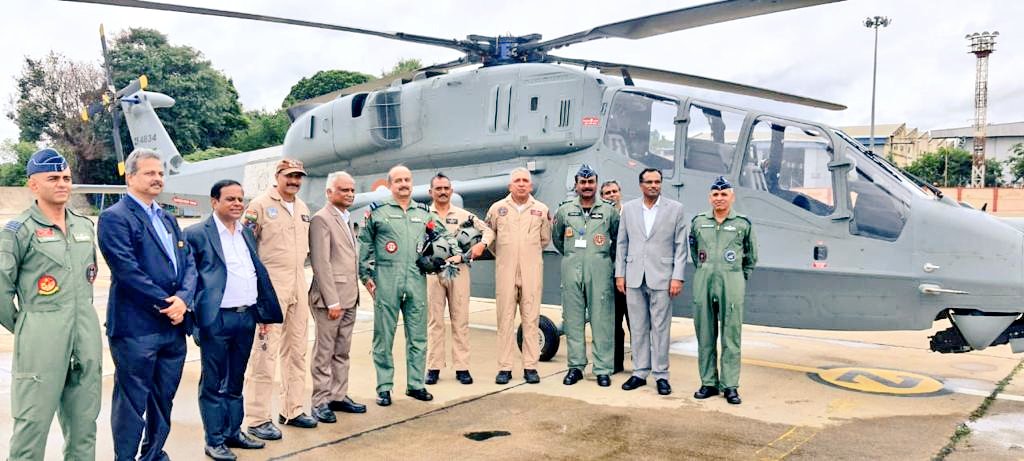


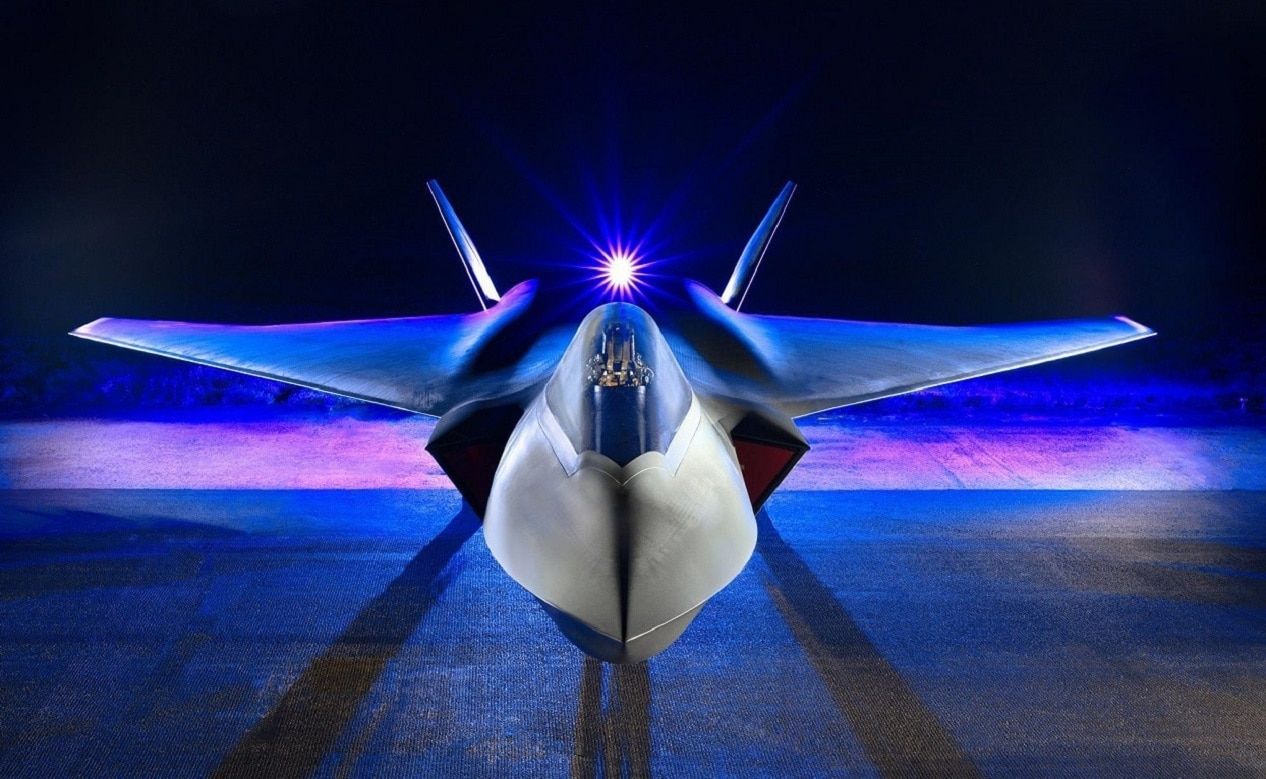
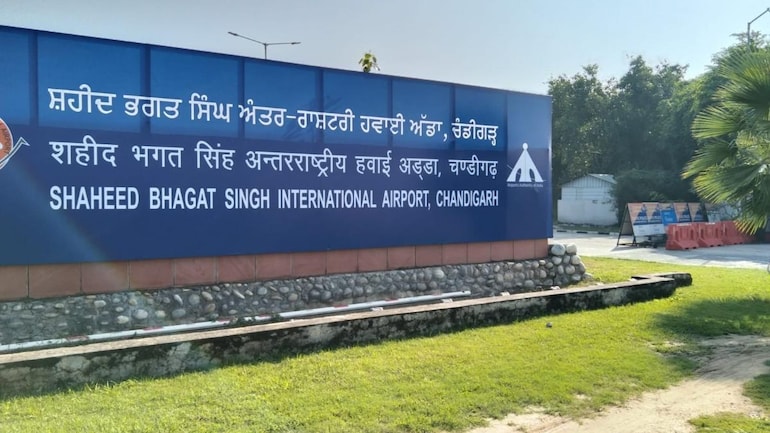
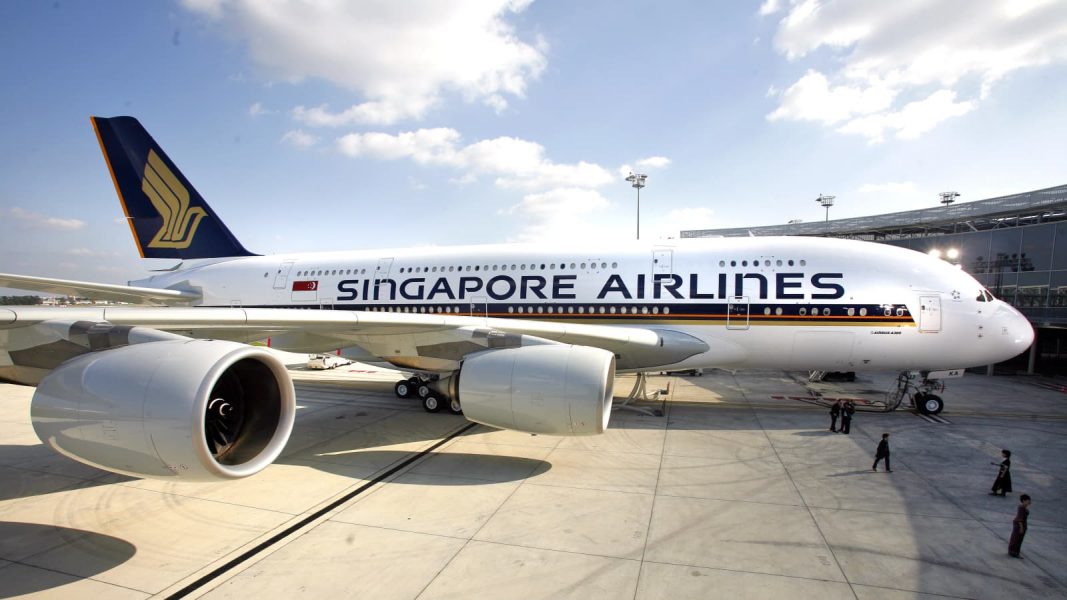
Comment